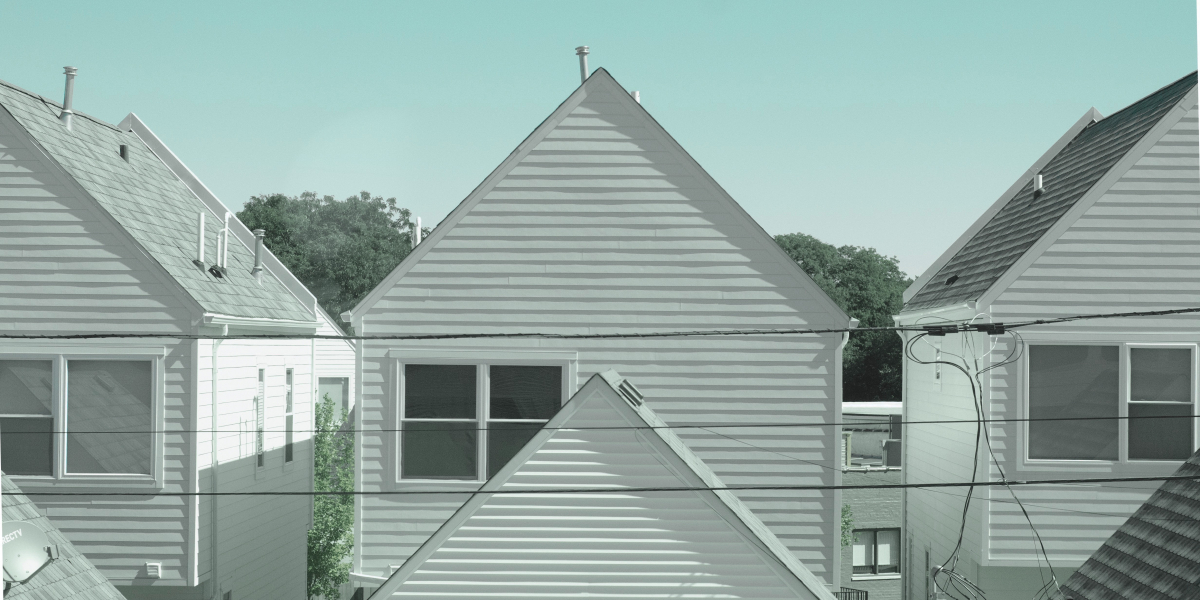
October 26, 2020
Guest post by Lauren Giandomenico, Maya Papineau and Nic Rivers
Addressing greenhouse gas emissions from the existing residential building stock will be critical in achieving deep emissions reductions. Today, global residential buildings account for a third of the world’s energy consumption. And their demand for energy is growing. Recent projections from the U.S Energy Information Administration anticipate an increase in world energy use of 50% by 2050. They attribute 65% of this expected increase to worldwide residential and commercial building energy consumption. While the rapid urbanization of city centers worldwide certainly plays a role in this anticipated increase in emissions, it is the existing, aging, inefficient building stock that is primarily responsible.
65% of the buildings that will be around in 2050 have already been built. Many regions have made efforts to improve the energy efficiency of these existing buildings by conducting energy retrofits. However, these projects have disproportionately targeted the non-residential sector. Despite the fact that residential buildings make up 80% of global floor area, only half of building retrofit projects are undertaken in homes. Considering that many countries, including Canada, have set ambitious targets of net-zero emissions by 2050, reducing emissions from the existing residential building stock will be critical.
A key tool that governments have used to achieve this goal in the past is residential energy efficiency retrofits. These programs are politically popular and considered to be cost-effective for reducing greenhouse gas emissions. They are also common features of stimulus packages, which, given the economic impacts of COVID-19, means that a rise in residential retrofit programs worldwide is expected. Based on the 2020 speech from the throne, which committed a portion of Canada’s recovery package to home energy efficiency retrofits, Canada will soon see a rollout of such programs.
However, despite being perceived as an effective means to reduce energy consumption in existing housing, not all residential retrofit programs have achieved substantial or cost-effective energy savings as expected. Importantly, research isn’t clear on what sets apart a successful retrofit program from an unsuccessful one. To confront this knowledge gap, we conducted a systematic review of residential retrofit program evaluations in the United States and Europe.
We sought to understand how energy savings and cost-effectiveness of residential retrofit programs varied under different program characteristics. To do so, we reviewed studies that used real household billing data to measure energy savings following participation in a retrofit program. This inclusion criteria limited our study sample to 33 evaluations of 19 different residential programs that supplied retrofits to 159,935 households in the United States and Europe. No Canadian retrofit programs have ever been retrospectively evaluated, explaining their absence in our review.
We found that the residential retrofit programs evaluated by studies included in our review delivered modest energy savings. None of the studies of residential retrofit programs in our study reported deep savings (e.g., 50% or greater), and the highest savings reported in any individual study were 26%. The average reduction in measured end-use electricity and/or fuel consumption across all households and programs included in our sample following the retrofits was only 7.5% -- a useful reduction in emissions, but not close to the transformative reduction required for net zero emissions by mid-century.
Interestingly, the magnitude of savings reported by studies in our sample depended on the type of study design used to evaluate the residential retrofit programs. Reported program savings decreased as the internal validity of study design increased - the most credible evaluations by Randomized Controlled Trials suggest only a 6.8% savings from retrofits. Despite the fact that Randomized Controlled Trials are considered to be the “gold standard” in evaluation designs, they are infrequently conducted. This finding not only points to a lack of reliable evaluations of residential retrofit programs, but equally raises questions about the accuracy of previously-reported savings estimates.
We did find some consistency about the effectiveness of certain retrofits over others. Across a variety of research methods, water heater insulation and programmable thermostats were the most promising retrofits in terms of savings and cost-effectiveness. In contrast, weatherproofing and air sealing retrofits frequently reported low measures of cost-effectiveness and savings.
Finally, programs that had high savings and low costs of conserved energy served low-income, fuel-heated households exclusively. Low-income households in our sample reduced electricity or fuel consumption by 12%, which was double that saved by middle and high income households, and about 5% more than the sample average. This finding might reflect the tendency of low-income households to occupy homes in need of energy efficiency upgrades, which indicates a greater potential for savings.
Our study illuminated a pressing need for more high-quality evaluations of retrofit programs. These studies should investigate further the links between household income, tenancy status, primary heating fuel, and retrofit type on program savings revealed in our review. Our study further identified an absence of retrofit program evaluations in Canada. Strikingly, despite Canadian governments having spent billions of dollars on residential energy efficiency retrofits in the past, these programs have never been empirically evaluated to understand their causal effect on Canadian energy savings. With the next phase of Canada’s home retrofit programs on the horizon, real-time program evaluation should be top-of-mind. We propose that an evaluation mechanism be directly integrated into the program design so that savings from Canadian retrofit programs can be identified and analyzed.
This blog is based on a recent Smart Prosperity Clean Economy Working Paper titled “A systematic review of energy efficiency home retrofit evaluation studies” by Lauren Giandomenico, Maya Papineau and Nicholas Rivers.
This project has been supported in part through the Smart Prosperity Institute Research Network and its Greening Growth Partnership, which is supported by a Social Sciences and Humanities Research Council of Canada Partnership Grant (no. 895-2017-1018), as well as the Economics and Environmental Policy Research Network (EEPRN).